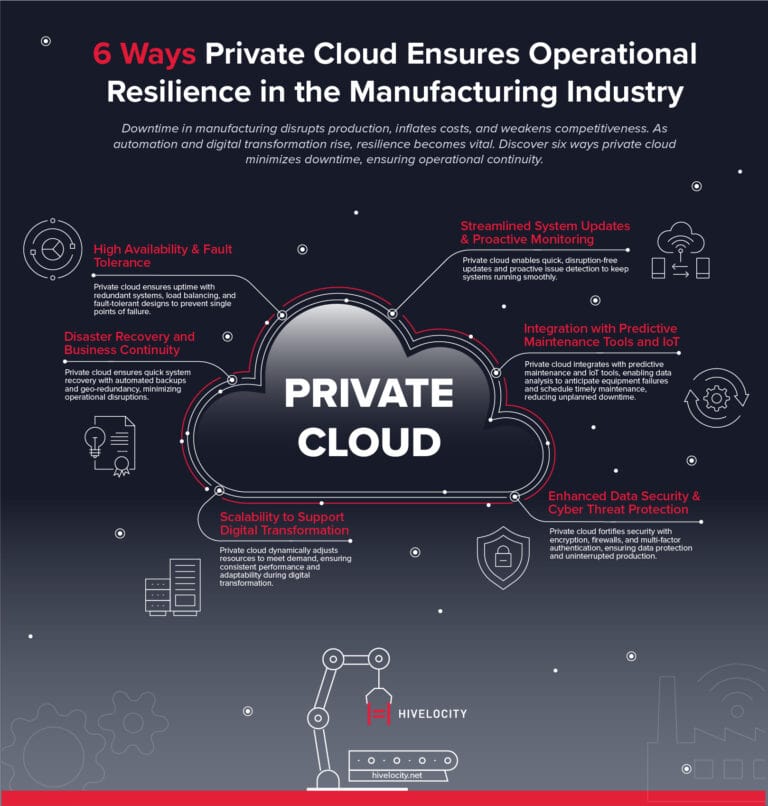In the world of enterprise IT, change is constant. Yet, when a major player like Broadcom introduces VMware licensing changes and subscription models, it sends ripples through the industry. Recently, Broadcom’s changes to VMware’s licensing structure have sparked conversations and concerns among businesses relying on VMware’s virtualization solutions. As companies brace for these changes, adopting best practices becomes crucial to ensure a seamless transition and sustained operational efficiency.
To recap, here are the changes:
- Drastic simplification of their product portfolio.
- Perpetual Licenses are replaced with Subscription licenses, including support and updates.
How can this impact your business:
The impact of these VMware changes can be significant for businesses utilizing VMware’s solutions. Some key implications include:
- Financial Adjustments: Companies may face altered pricing structures, which could lead to increased costs or changes in budget allocation.
- Licensing Flexibility: The shift might affect how licenses are deployed and managed, necessitating adjustments in license procurement and distribution strategies.
- Support and Maintenance: Changes in subscription models may influence the scope and quality of support and maintenance services available to businesses.
How to Transition to Your New License
To mitigate disruption and optimize the transition process, businesses can implement several best practices:
- Comprehensive Assessment
Conduct a thorough evaluation of your current VMware deployment, including license utilization, subscription terms, and integration with other products. This assessment will provide clarity on the specific areas impacted by the changes.Identify which License you will be transitioning to and which add-ons may be needed.
- Engage with VMware Experts
Actively engage with representatives VMware if you own your license or your cloud provider to understand the changes in licensing and subscription models. Seek clarification on any ambiguities and explore potential solutions tailored to your business needs.
- Evaluate Alternatives
Consider alternative solutions or vendors that align with your organization’s objectives and budgetary constraints. Evaluate competing products based on features, pricing, and compatibility with your existing infrastructure.
- Optimize License Management
Implement robust license management practices to ensure efficient utilization of VMware licenses. Utilize tools and automation to track license usage, identify underutilized resources, and optimize license allocation.
- Take Advantage of Incentives
If feasible, negotiate with VMware or your cloud provider to secure favorable terms and pricing structures. Leverage your organization’s purchasing power and willingness to commit to long-term partnerships to negotiate advantageous agreements.
- Plan for Contingencies
Develop contingency plans to address potential challenges or disruptions arising from the transition. Identify fallback options and alternative strategies to minimize downtime and maintain business continuity.
Navigating Broadcom’s changes to VMware’s licensing and subscription models requires a proactive and strategic approach from businesses. By adhering to best practices such as comprehensive assessment, engagement with stakeholders, and optimization of license management, organizations can minimize disruptions and maximize the value derived from their VMware deployments. As the IT landscape continues to evolve, adaptability and agility will remain paramount for businesses striving to maintain operational efficiency in the face of change.
For more information on how these changes impact your VMware solutions and how we can help, please reach out to our team at our Chat Support. You can also reference the following link for the official announcement from Broadcom or our VMware Resource Page. Together, we can explore how these developments can further enable your success as a user of VMware’s market-leading technology. Learn about our VMware Private Cloud solution.


